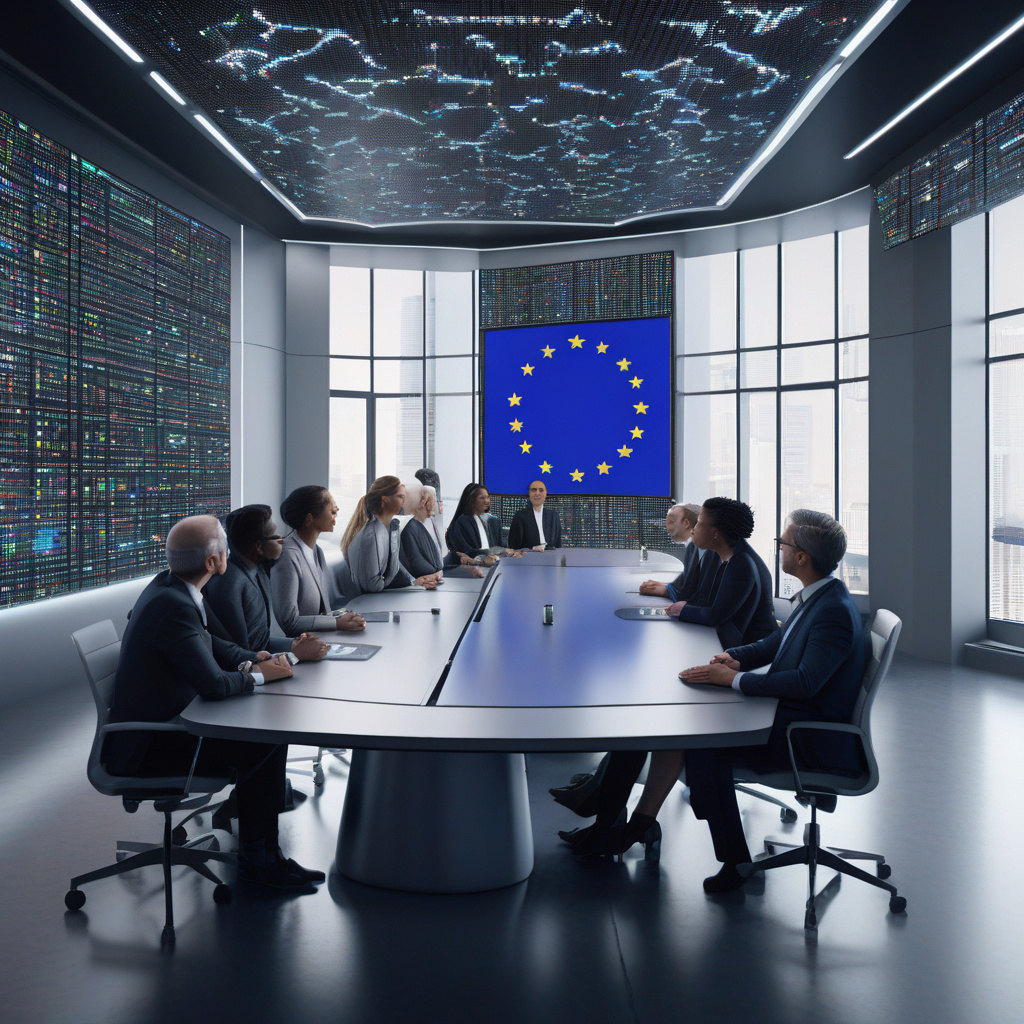EU Softens AI Copyright Rules: A Boon for Developers
Amid European legal shifts, developers of general-purpose AI models are finding clearer ground, as the latest draft of the EU AI Act’s copyright guidelines embraces practicality and proportionate enforcement.
The European Union’s move to soften AI copyright rules comes as a welcome relief for developers navigating the intricate landscape of intellectual property rights. The new draft of the EU AI Act signals a shift towards more pragmatic and balanced regulations, providing a framework that enables innovation while safeguarding creators’ rights.
One of the key highlights of the revised copyright guidelines is the emphasis on practicality. By acknowledging the unique nature of AI technology and its reliance on vast amounts of data for learning and development, the EU is paving the way for a more adaptive approach to copyright protection. This shift towards a more nuanced understanding of AI’s capabilities signifies a significant step forward in ensuring that developers can harness the full potential of artificial intelligence without being unduly constrained by rigid copyright regulations.
Furthermore, the concept of proportionate enforcement embedded within the new guidelines is a crucial development that aims to strike a balance between protecting creators’ rights and fostering innovation in the AI space. By tailoring enforcement measures to the specific context of AI development, the EU is demonstrating a commitment to nurturing a supportive environment for technological advancement while upholding the principles of intellectual property protection.
The evolution of AI copyright rules in the EU also reflects a broader recognition of the need to adapt legal frameworks to keep pace with rapid technological advancements. As AI continues to play an increasingly prominent role in various industries, including healthcare, finance, and transportation, it is essential for regulatory bodies to proactively respond to the unique challenges posed by this technology. The revised copyright guidelines demonstrate the EU’s proactive stance in ensuring that its regulatory framework remains relevant and effective in the face of ever-evolving technological landscapes.
Practical examples of how the softened AI copyright rules can benefit developers abound. Consider a scenario where a startup is utilizing AI technology to develop a new healthcare diagnostic tool. Under the previous stringent copyright regulations, the startup may have faced significant legal hurdles in accessing and using the data necessary to train its AI model effectively. However, with the more pragmatic and proportionate approach outlined in the latest draft of the EU AI Act, the startup can navigate the copyright landscape with greater clarity and confidence, ultimately accelerating the development and deployment of its innovative healthcare solution.
In conclusion, the EU’s decision to soften AI copyright rules marks a significant milestone in fostering a conducive environment for AI innovation. By embracing practicality and proportionate enforcement, the revised guidelines provide developers with the clarity and flexibility needed to leverage AI technology to its full potential while upholding the principles of intellectual property protection. As the AI landscape continues to evolve, regulatory frameworks that strike a balance between innovation and protection will be instrumental in driving technological progress and ensuring a sustainable digital future.
#EU #AICopyright #Developers #Innovation #Regulations
